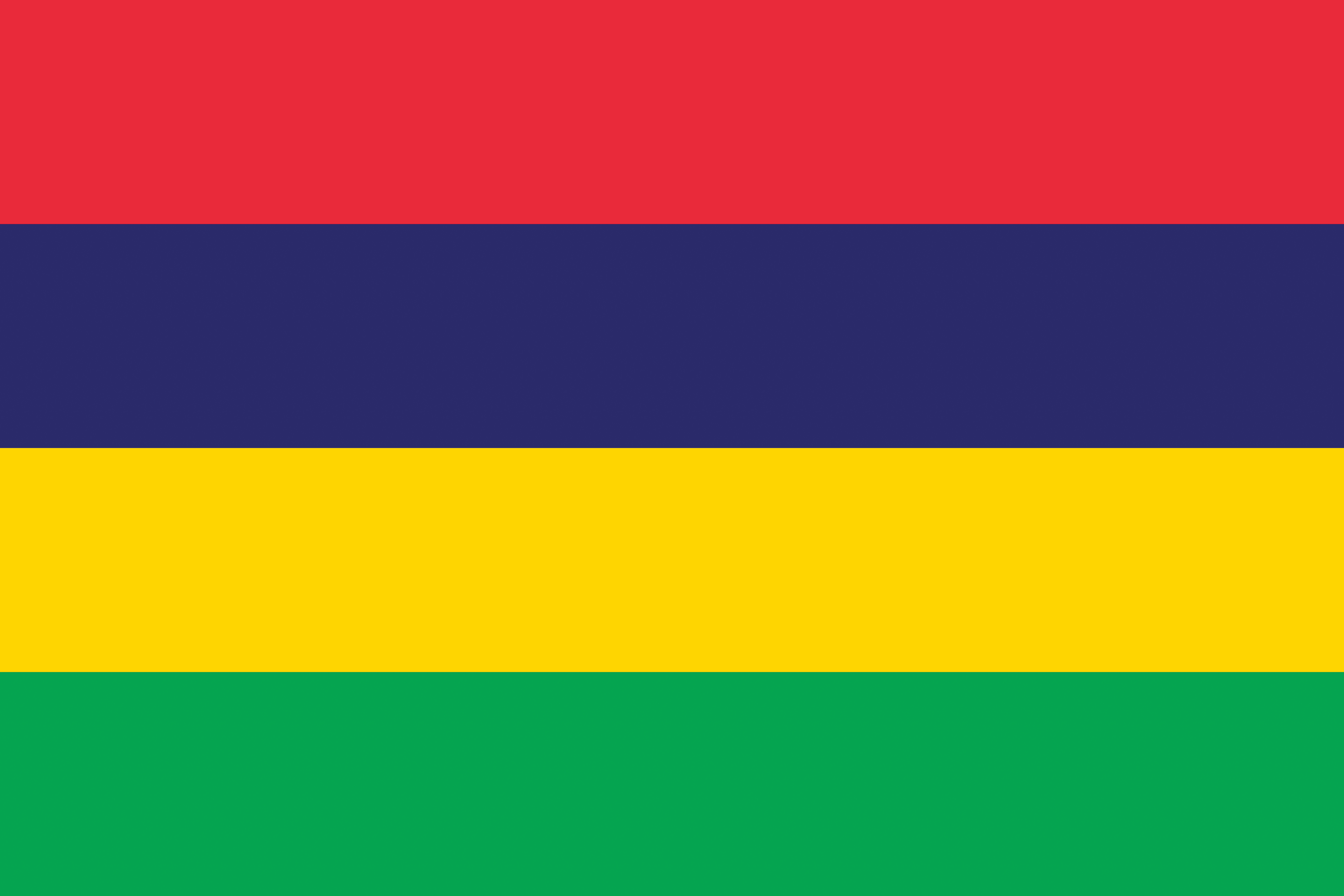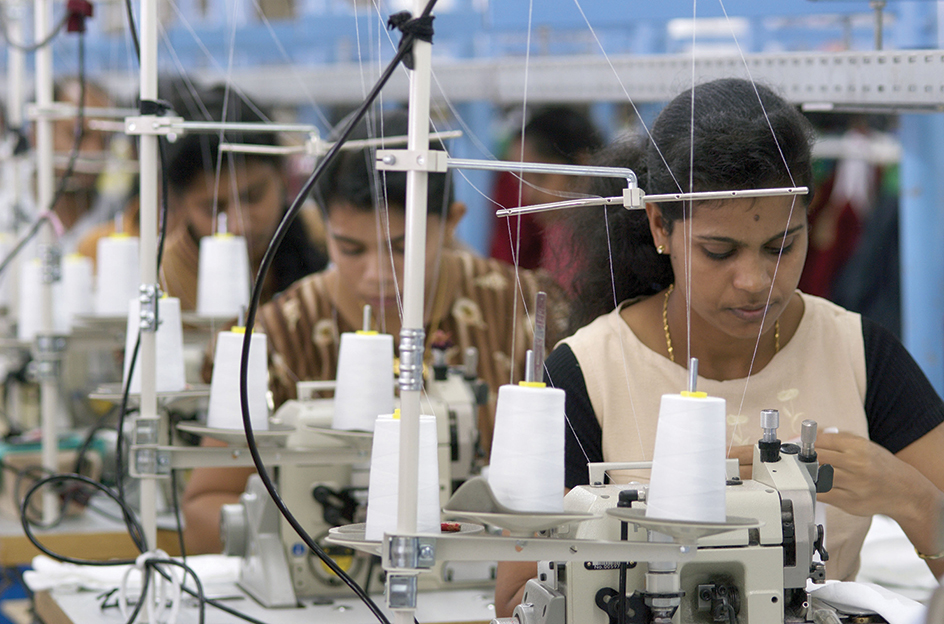Mauritius << maw RIHSH uhs >> is an island nation in the Indian Ocean. Its chief island, also called Mauritius, lies about 500 miles (800 kilometers) east of Madagascar and about 2,450 miles (3,943 kilometers) southwest of India. Geographically, Mauritius is considered part of Africa. Overpopulation is one of the country’s problems.

Sugar cane is the leading agricultural product. Bare, black volcanic peaks tower over the sugar cane fields.
The Dutch claimed Mauritius in 1598. Later, France and then the United Kingdom ruled the island. Mauritius gained its independence from the United Kingdom in 1968. It remained a member of the Commonwealth of Nations. Port Louis is the capital and leading port.
Government.
Mauritius is a republic. A National Assembly of up to 70 members makes the country’s laws. The people elect most of the Assembly members. The Assembly elects a president, who serves as head of state. A prime minister, the country’s most powerful government official, heads government operations. The prime minister is the leader of the majority party in the Assembly and is officially appointed by the president.

Elections for the National Assembly are held at least once every five years. Voters elect three Assembly members from each of Mauritius’s 20 electoral districts. The small island of Rodrigues chooses two Assembly members. To guarantee fair representation for minority groups and underrepresented political parties, an electoral supervisory commission chooses up to eight more members from among unsuccessful candidates.
Councils govern the country’s cities and towns. The council members are elected by the people.
People.
The people of Mauritius are descendants of European settlers, African slaves, Chinese traders, and Asian Indian laborers and traders. About two-thirds of the people are Indians. About a fourth are people of European and African or European and Indian ancestry called Creoles. The rest are Chinese or Europeans. Most Europeans are of French descent.
About half the people live in villages and other rural areas, and half live in towns. Most Europeans live in towns. Most men wear Western-style clothes. Indian women wear the sari (a straight piece of cloth draped around the body).
English is the official language. But most people speak Creole, a French dialect. Some Indians speak one or more of six Indian dialects. The Chinese speak two Chinese dialects. Most Europeans speak French. About half of the people are Hindus. About one-fourth are Christians, and about one-sixth are Muslims.
Primary and secondary education are free and compulsory until the age of 16. The University of Mauritius was founded in 1965. Mauritius also has a number of other institutions of higher education.
Land.
Mauritius consists of the island of Mauritius, which has an area of 720 square miles (1,865 square kilometers), and several other islands. The other islands include Rodrigues, about 350 miles (563 kilometers) east of Mauritius; Agalega, two small islands about 580 miles (933 kilometers) north of Mauritius; and the Cargados Carajos Shoals, about 250 miles (402 kilometers) north. Mauritius also claims the Chagos Archipelago, an island group about 1,300 miles (2,100 kilometers) northeast of the island of Mauritius. The archipelago makes up the British Indian Ocean Territory and is controlled by the United Kingdom. The archipelago includes the island of Diego Garcia, the site of a U.S. naval base.

The island of Mauritius was formed by volcanoes that left the land covered with rocks and a thick layer of lava. A misty plateau in the center of the island rises 2,200 feet (671 meters) above sea level. This area may receive up to 200 inches (510 centimeters) of rain a year. In the north, the plateau slopes to the sea. But it drops sharply to the southern and western coasts. Dry regions that receive only about 35 inches (89 centimeters) of rain a year lie in the southwest. Coral reefs surround all but the southern part of the island.
Summer lasts from November to April, and the temperatures then average about 79 °F (26 °C). Southeast winds bring rains to the plateau. Sometimes cyclones strike the island. Winter lasts from June to October. Temperatures then average about 72 °F (22 °C).
Economy.
Mauritius has one of Africa’s strongest economies. Until the late 1900’s, sugar was the country’s chief product. Sugar production is still an important activity. Sugar cane is by far the leading agricultural product. But since the 1970’s, textile production, tourism, and financial services have grown in importance. 
More people are employed in textile production than in any other industry in Mauritius. Textile factories have drawn large numbers of women into the work force. Clothing and textiles are also the country’s main export.
Hundreds of thousands of tourists visit Mauritius each year. Many fine hotels line the island’s lovely beaches. Also, Mauritius has many banks and other financial companies that do business with foreign investors.
History.
In the 1500’s, Portuguese sailors became the first Europeans to visit Mauritius island. Mauritius was uninhabited until the Dutch claimed it in 1598 and named it after Prince Maurice of Nassau. The Dutch brought slaves from Madagascar to cut down the ebony forests, but they abandoned Mauritius in 1710.
In 1715, France took possession of the island and renamed it Ile de France. French colonists from the neighboring island of Bourbon (now Reunion) moved to Mauritius in 1722. They imported slaves, built a port, and planted coffee, fruit, spices, sugar, and vegetables.
During the Anglo-French wars of the 1700’s, the French launched attacks from the island against British shipping in the Indian Ocean and against British settlements in India. The British captured the island in 1810, made it a colony, and renamed it Mauritius.
In 1833, the United Kingdom ordered the abolition of slavery in its empire. More than 75,000 slaves were freed in Mauritius. Most of them refused to continue working on the sugar plantations. Planters then brought in nearly 450,000 Indian laborers between 1835 and 1907.
Mauritius became independent in March 1968. From 1968 to 1982, the Labor Party led by Prime Minister Sir Seewoosagur Ramgoolam controlled the government. In 1982, the leftist Mauritian Militant Movement (MMM) gained control through elections. Anerood Jugnauth became prime minister. In 1983, he broke from the MMM and formed the Militant Socialist Movement (MSM). The party formed an alliance with other political parties and won elections held in 1983, 1987, and 1991. Jugnauth remained prime minister.
Mauritius was a constitutional monarchy from its independence in 1968 until 1992. A governor general appointed by the United Kingdom represented the British monarch. In 1992, Mauritius became a republic. An alliance of the Labor Party and the MMM won elections held in 1995, and Seewoosagur Ramgoolam’s son, Navinchandra Ramgoolam of the Labor Party, became prime minister. An alliance of the MSM and the MMM won elections held in 2000, and Jugnauth, the MSM leader, became prime minister again. In 2003, as part of a power-sharing agreement between the MSM and MMM, Jugnauth stepped down, and the MMM leader, Paul Berenger, became prime minister. In 2005, a coalition (group of parties) led by the Labor Party won elections, and Navinchandra Ramgoolam became prime minister again. Jugnauth replaced him as prime minister in late 2014.
In 2017, Jugnauth stepped down, and his son, Finance Minister Pravind Jugnauth, was appointed to succeed him. Pravind Jugnauth gained a new term as prime minister after National Assembly elections in November 2019, when his coalition, the Morisian Alliance, won the most seats.
See also Diego Garcia ; Dodo ; Port Louis .
